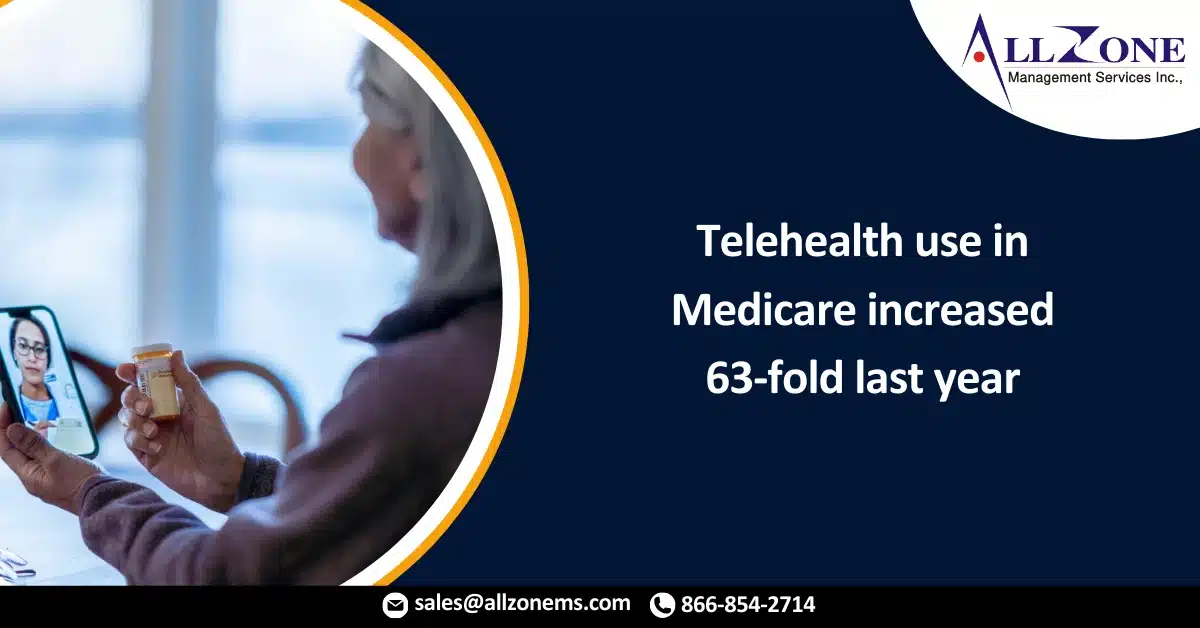The number of beneficiaries in traditional Medicare using telehealth exploded 63-fold in 2020 from 840,000 in 2019 to nearly 52.7 million, a new study found.
The study, released Friday (PDF) by the Department of Health and Human Services (HHS), comes as advocates are pressing to make key flexibilities the federal government enabled at the start of the pandemic to be permanent. Even as telehealth use increased, there was still a decrease in Part B visits to doctors’ offices.
“Our findings show net decline in healthcare utilization in 2020—despite large increase in telehealth—underscore the need to carefully consider the extension of Medicare telehealth flexibilities after the pandemic ends and evaluate the impacts of telehealth on patient access, healthcare quality and health outcomes,” the report said.
At the onset of the pandemic, HHS gave providers more flexibility to get Medicare reimbursement for certain services via telehealth.
Although telehealth use increased among all providers, the biggest users of the technology during the pandemic turned out to be behavioral health specialties.
“In 2020, telehealth visits comprised a third of total visits to behavioral health specialists, compared to 8% of visits to primary care providers and 3% of visits to other specialists,” a release on the report said.
Behavioral health specialties also relied heavily on audio-only visits.
“About 70% of telehealth visits to behavioral health specialists were eligible for reimbursement … via audio-only telehealth, far higher than for other types of medical care,” the report said.
The surge in telehealth use likely ties into an increased demand for mental health treatment as previous government analyses have shown an increase in substance use and suicidal ideation during the pandemic.
“The need for behavioral health could be related to several factors such as stress, loneliness, unemployment and economic uncertainty during the pandemic,” the agency’s report added.
HHS also looked at telehealth use across racial lines, showing Black people had slightly lower use of telehealth compared to white people, and Asians and Hispanics both had a higher rate of use.
“Disparities in telehealth use warrant more research to better understand the underlying drivers,” it said.
The report comes as the federal government and the healthcare industry overall try to figure out a path forward on telehealth.
A report released in September by KLAS Research found that telehealth use leveled off this year in hospitals, with telehealth below 20% of all medical appointments.
HHS stressed that additional research is still needed on the impact of telehealth on outcomes and curbing spending. It noted that other reasons could have played a factor in the dip in healthcare use, chief among them concerns about getting care during a pandemic.
“During the pandemic, telehealth visits were mostly replacing the consultative aspects of in-person care,” HHS wrote. “Extending telehealth flexibilities in a post-pandemic world could lead to higher healthcare utilization, especially if providers are paid the same rates for telehealth as in-person visits.”
For More Information:

